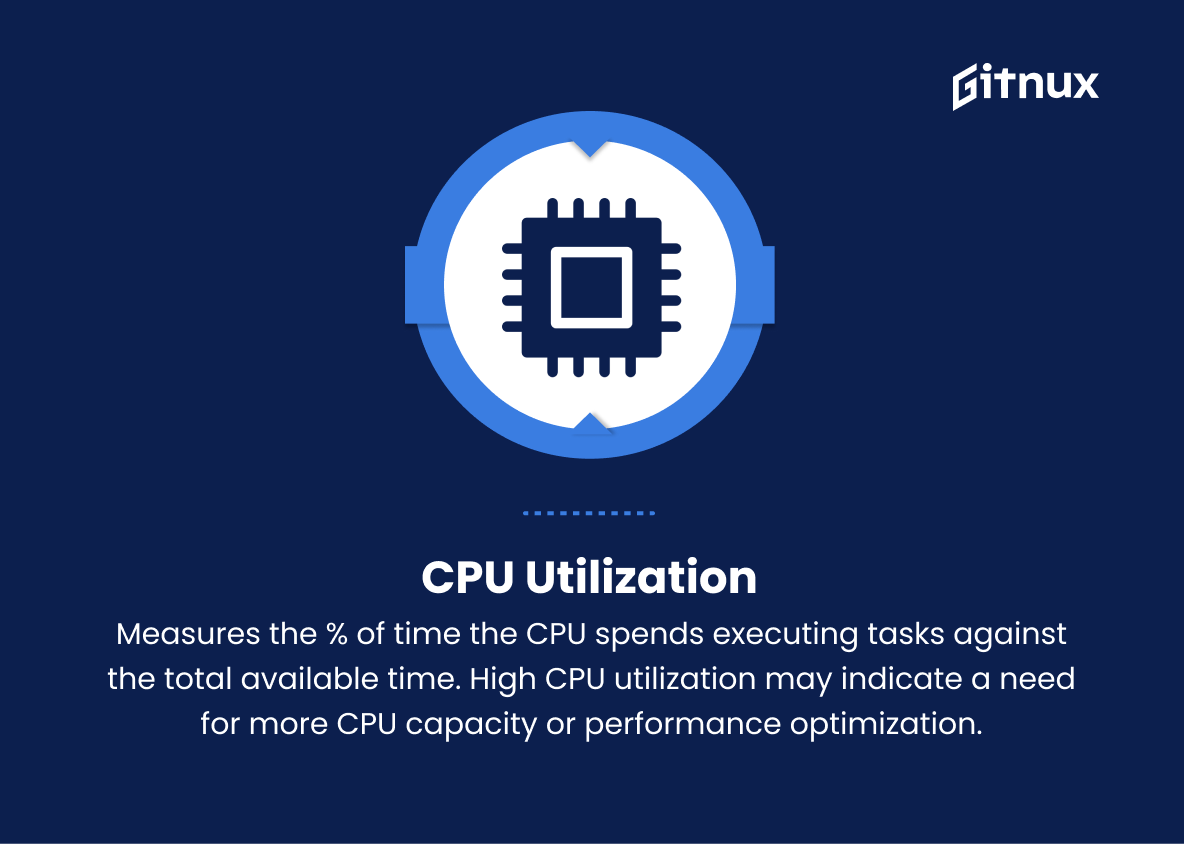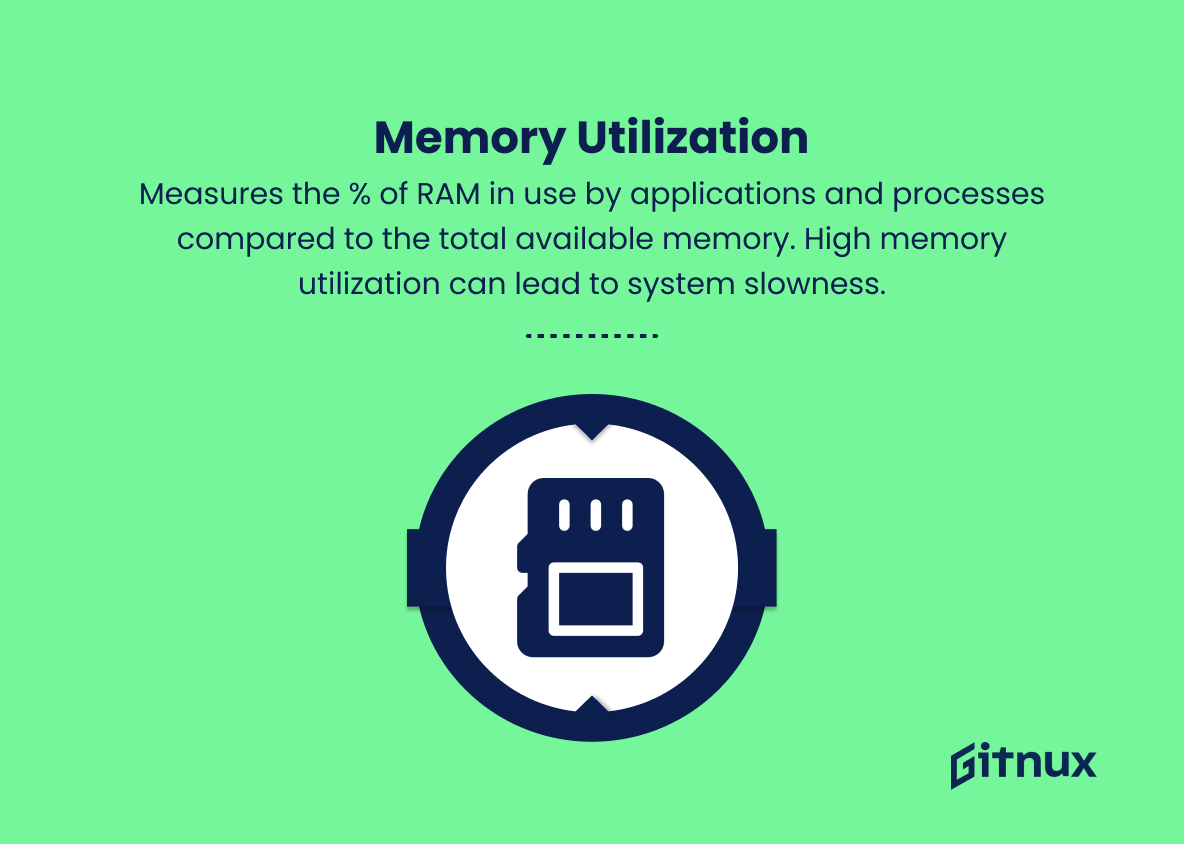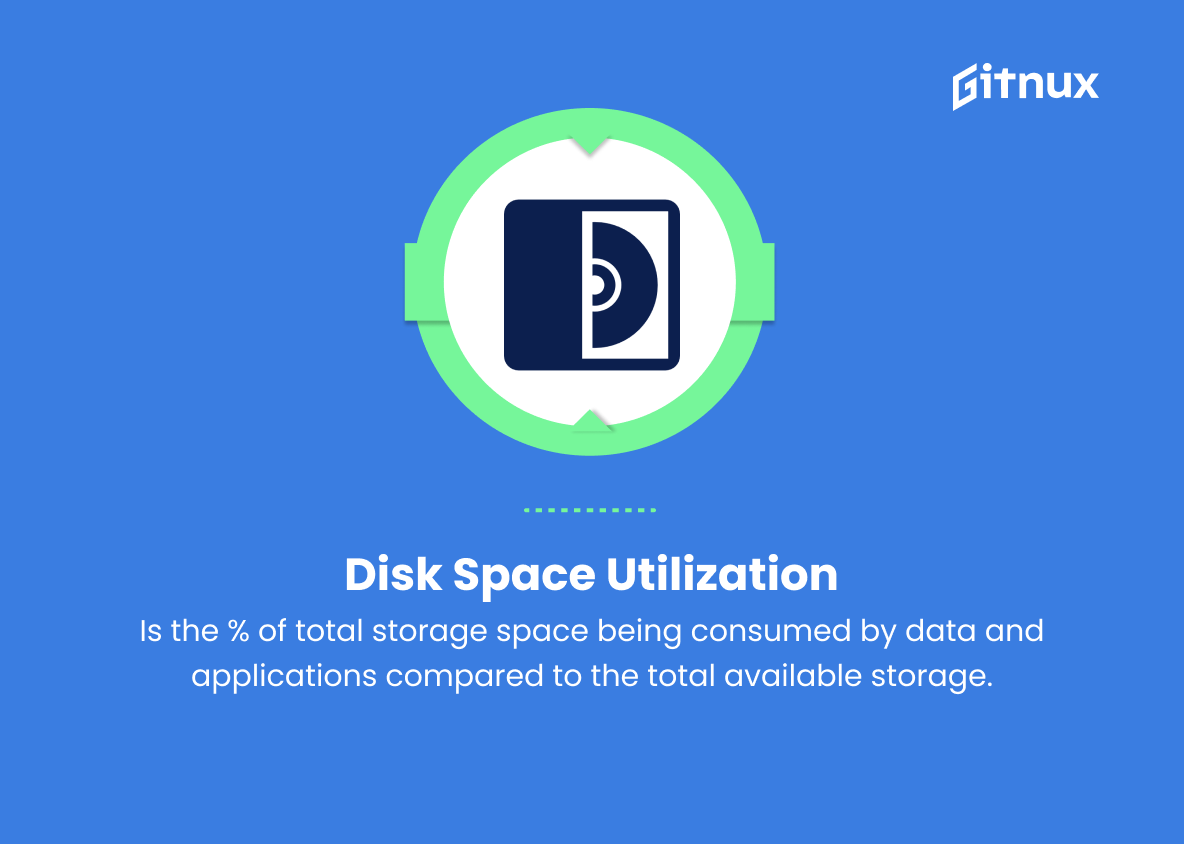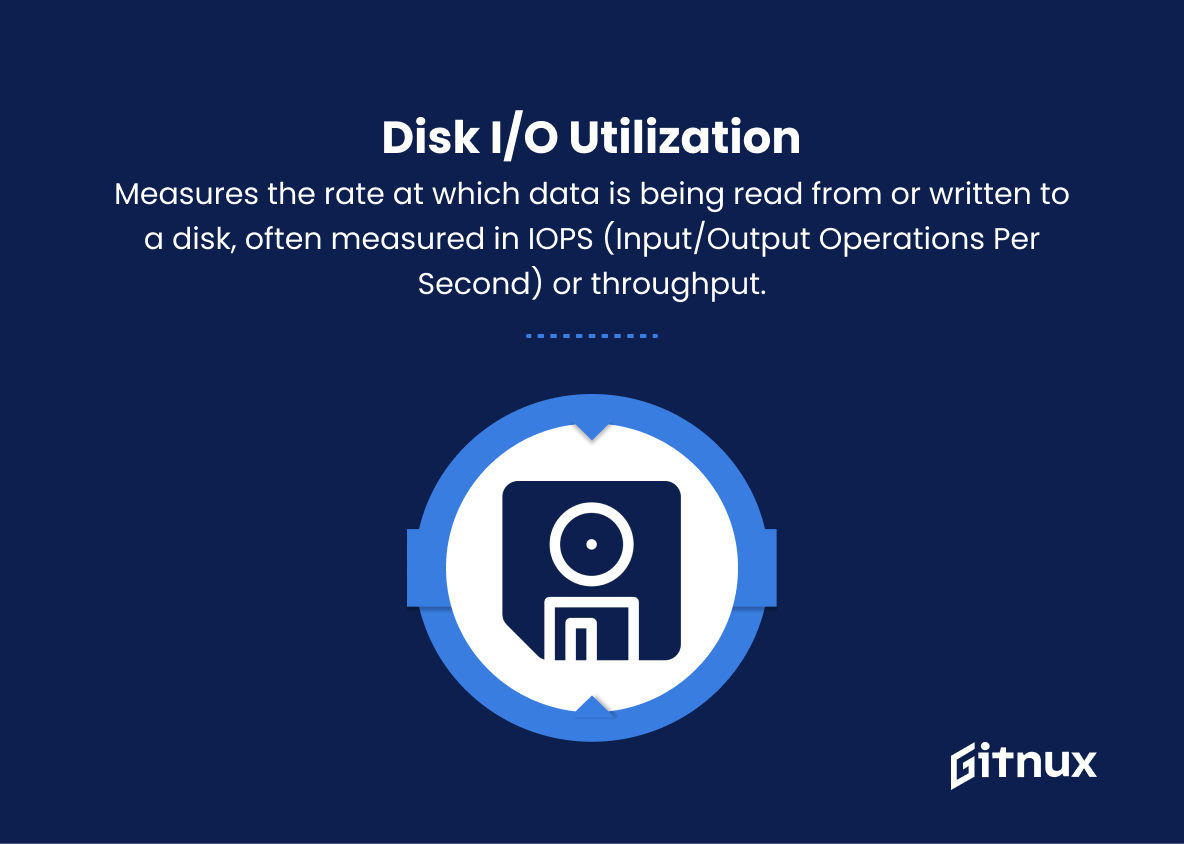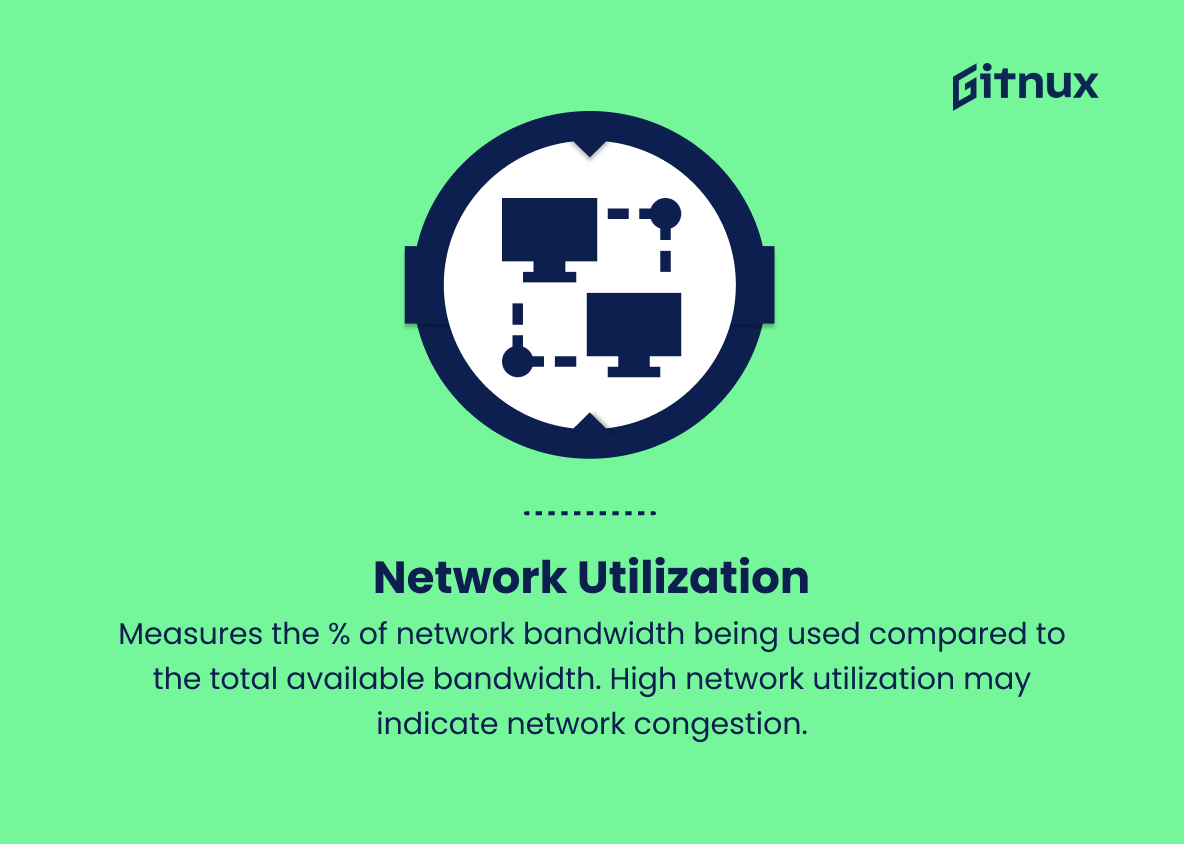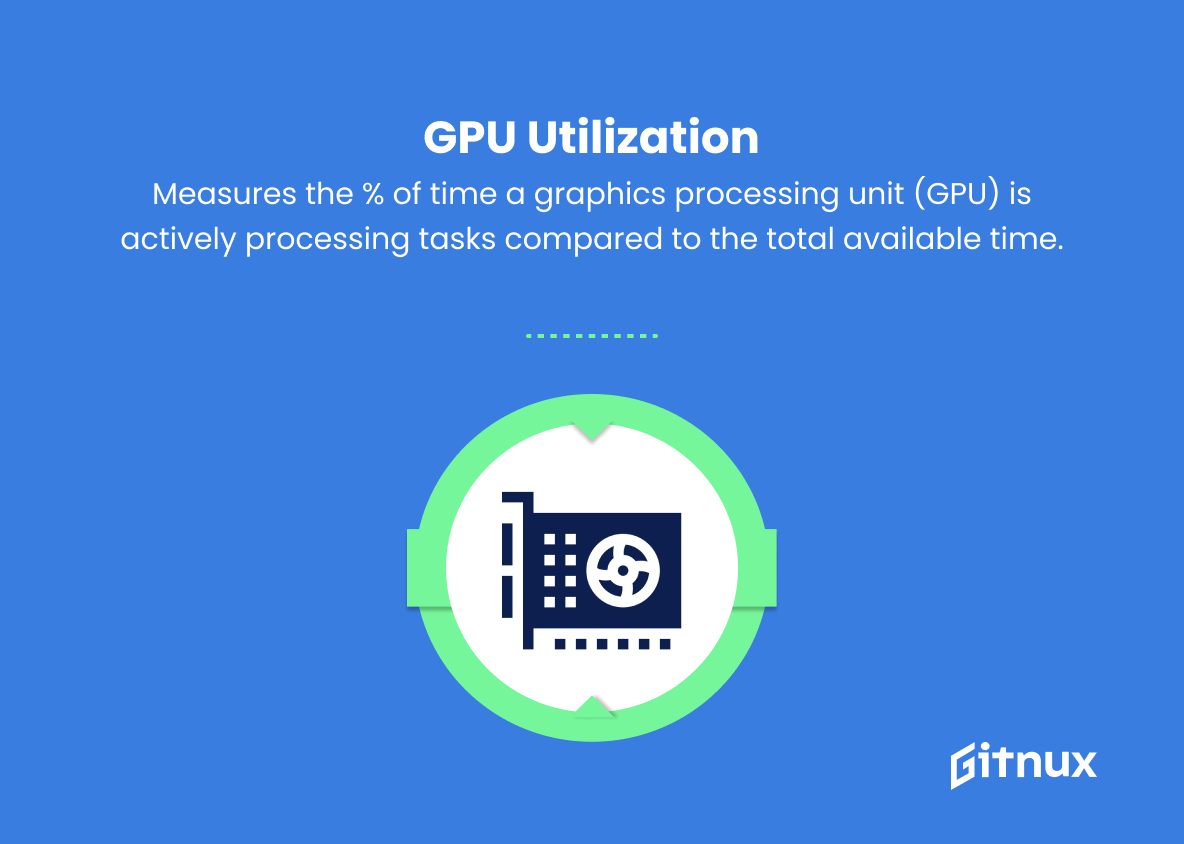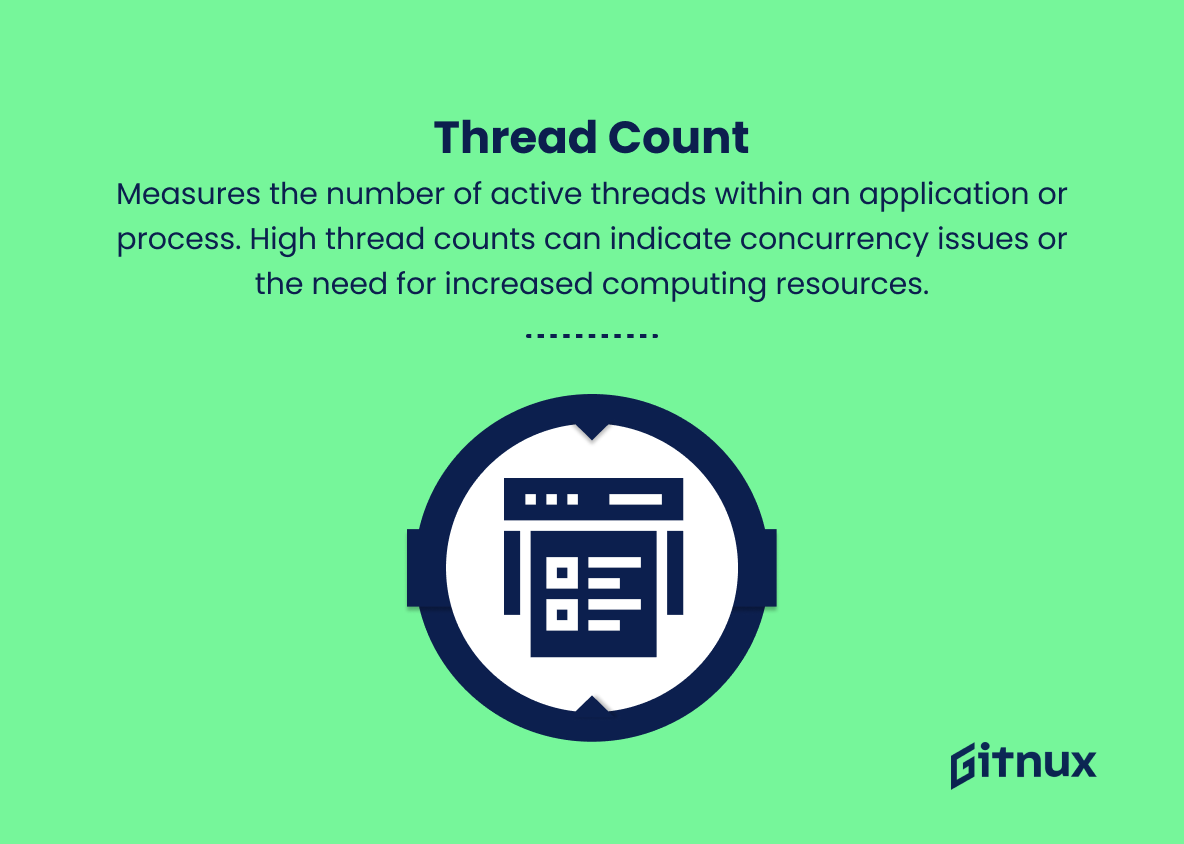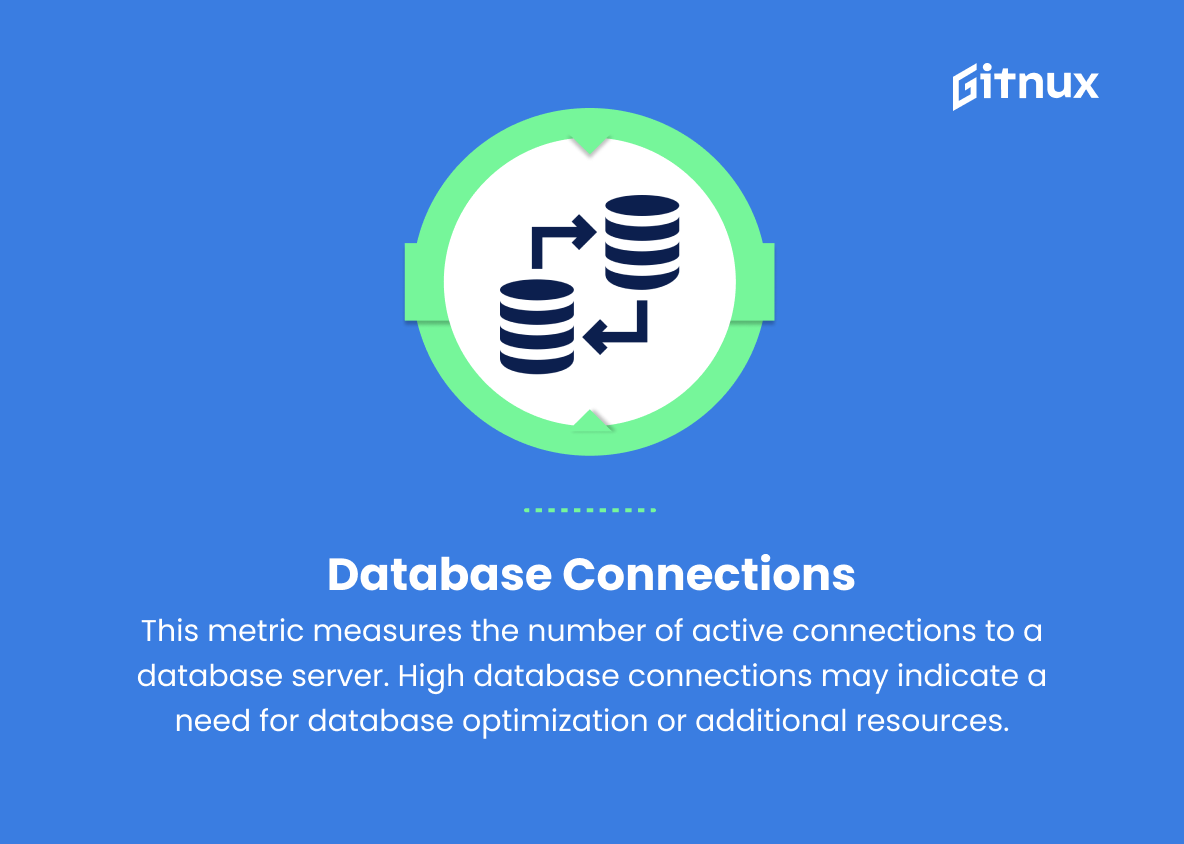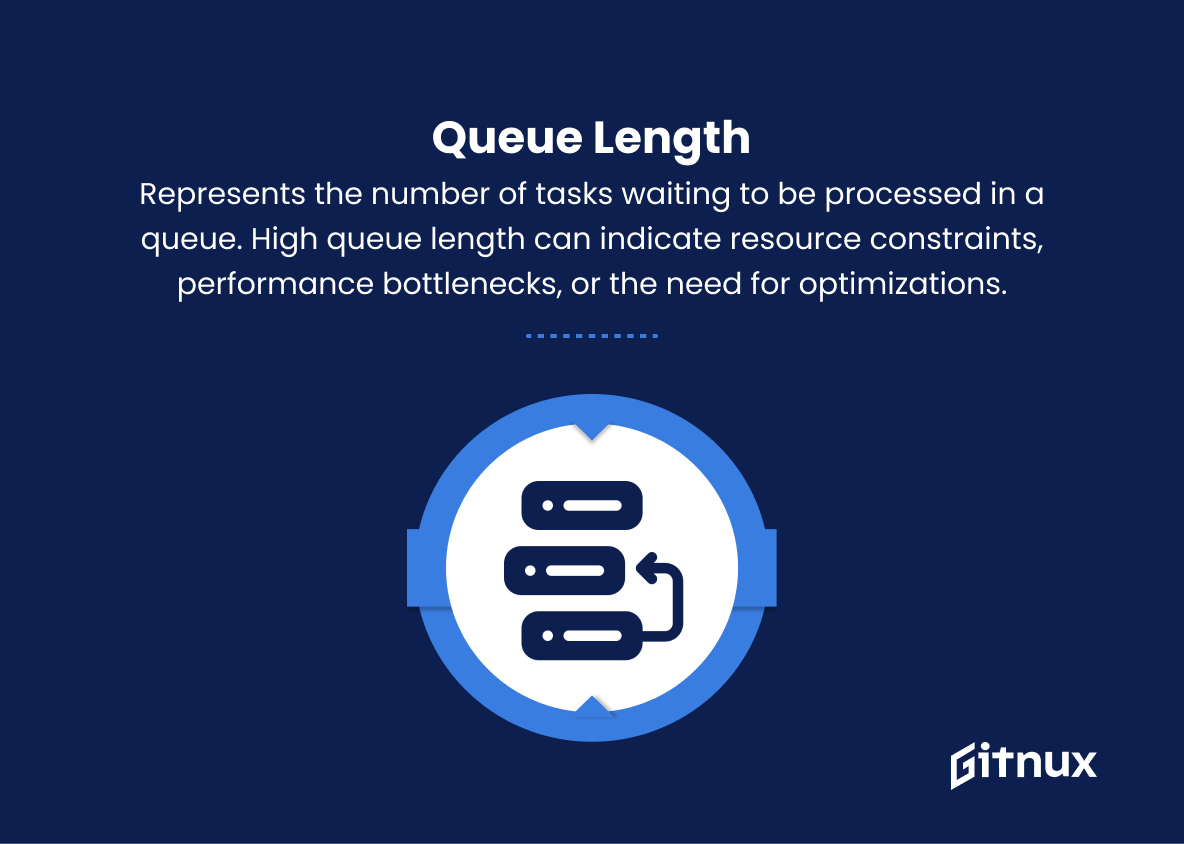In the ever-evolving landscape of business management and operations, understanding and optimizing resource utilization has become increasingly critical for organizations striving to stay competitive and maintain sustainable growth. As a decisive factor in overall performance, efficiency, and profitability, the focus on resource utilization metrics has undeniably grown in importance. In this thought-provoking blog post, we will delve into the concept of resource utilization metrics, their significance in the contemporary corporate world, and the best practices for measuring and enhancing how organizations efficiently allocate and deploy their valuable resources. Join us as we embark on a comprehensive exploration of the pivotal role that these metrics play in driving business success and empowering organizations to reach their full potential.
Resource Utilization Metrics You Should Know
1. CPU Utilization
A metric that measures the percentage of time the CPU (Central Processing Unit) spends executing tasks against the total available time. High CPU utilization may indicate a need for more CPU capacity or performance optimization.
2. Memory Utilization
This metric measures the percentage of RAM (Random Access Memory) in use by applications and processes compared to the total available memory. High memory utilization can lead to system slowness and possible outages, indicating a need for more memory or optimization.
3. Disk Space Utilization
Measures the percentage of total storage space being consumed by data and applications compared to the total available storage. High disk space utilization may indicate a need for additional storage or data cleanup.
4. Disk I/O Utilization
This metric measures the rate at which data is being read from or written to a disk, often measured in IOPS (Input/Output Operations Per Second) or throughput. High disk I/O utilization can indicate storage bottlenecks or a need for better disk performance.
5. Network Utilization
Measures the percentage of network bandwidth being used compared to the total available bandwidth. High network utilization may indicate network congestion or the need for increased bandwidth.
6. GPU Utilization
This metric measures the percentage of time a graphics processing unit (GPU) is actively processing tasks compared to the total available time. High GPU utilization indicates a need for more GPU resources or optimization.
7. Cache Hit Ratio
Tracks the efficiency of a cache system by measuring the percentage of requests that are satisfied by the cache, rather than having to fetch the data from the original source. A higher cache hit ratio indicates a more efficient cache system.
8. Thread Count
Measures the number of active threads within an application or process. High thread counts can indicate concurrency issues or the need for increased computing resources.
9. Database Connections
This metric measures the number of active connections to a database server. High database connections may indicate a need for database optimization or additional resources.
10. Queue Length
Represents the number of tasks waiting to be processed in a queue. High queue length can indicate resource constraints, performance bottlenecks, or the need for optimizations.
11. Response Time
Measures the time it takes for a system or application to fulfill a request. High response times may indicate performance issues or the need for increased resources and optimization.
12. Transaction Rate
This metric measures the number of transactions processed by a system or application per unit of time. A high transaction rate may indicate a well-performing system or the need for more capacity to handle increased demand.
Resource Utilization Metrics Explained
Resource utilization metrics play a crucial role in understanding and optimizing the performance of various computing systems. These metrics, such as CPU Utilization, Memory Utilization, Disk Space Utilization, Disk I/O Utilization, Network Utilization, GPU Utilization, Cache Hit Ratio, Thread Count, Database Connections, Queue Length, Response Time, and Transaction Rate, help identify potential bottlenecks, inefficiencies, and resource constraints by measuring the degree to which various hardware and software components are being used. High values for these metrics often indicate the need for additional resources, capacity, or performance optimization to ensure the smooth functioning of computer systems and applications.
Simultaneously, these metrics enable proactive monitoring and management of computing environments, helping to avoid system slowness, outages, and other performance-related issues. Ultimately, these resource utilization metrics are vital for maintaining efficient, well-performing systems and providing insight to make informed decisions on system scaling or optimization.
Conclusion
In summary, resource utilization metrics are crucial for organizations to streamline their operations, make data-driven decisions, and optimize the use of assets. Regularly monitoring these metrics can lead to increased efficiency, reduced costs, better project management, and an overall improved competitive advantage. By understanding, analyzing, and acting upon these key performance indicators, businesses can ultimately achieve their strategic goals and ensure long-term success in their respective industries.
